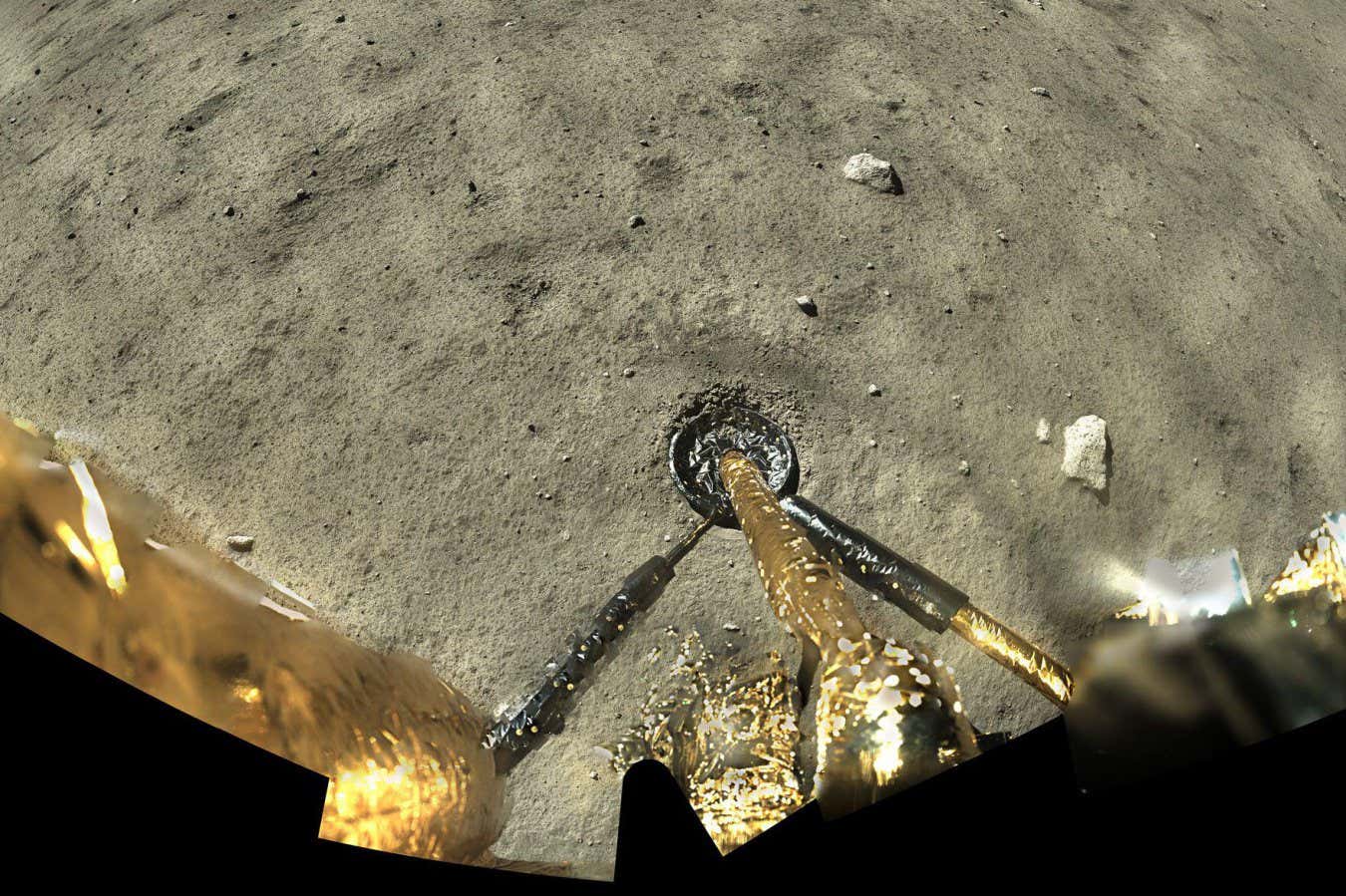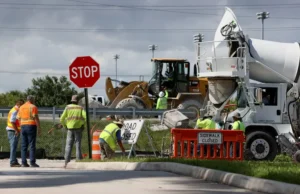Key Takeaways
- A solar-powered reactor developed by researchers can produce water, oxygen, and fuel from lunar soil.
- The process uses sunlight and CO₂ exhaled by astronauts to harvest resources from lunar regolith.
- Challenges remain in scaling the method for practical use on the moon, including environmental and resource limitations.
Innovative Resource Production on the Moon
A team of researchers, including Lu Wang from the Chinese University of Hong Kong, has made a breakthrough in resource extraction from lunar soil. Their solar-powered device can generate vital resources such as water, oxygen, and fuel for potential lunar colonies. Estimates indicate that a significant amount of water is trapped within lunar minerals. Traditionally, methods for extracting these resources have been complex and energy-intensive, raising concerns about their sustainability for long-term lunar habitation.
The researchers conducted their experiments utilizing samples from China’s Chang’e 5 mission as well as simulated terrestrial rock samples. The innovative reactor harnesses sunlight and carbon dioxide (CO₂) from astronaut respiration to facilitate chemical processes. Initially, the lunar regolith—the moon’s surface material—absorbs solar energy to extract water. Subsequently, this water interacts with the CO₂ to yield carbon monoxide, oxygen, and hydrogen, which can serve as fuel.
Among the various minerals found in lunar soil, ilmenite is identified as a crucial catalyst in this process. Haihui Joy Jiang, a researcher at the University of Sydney not involved in the study, commended the chemical reaction as promising for generating essential resources on the moon.
Despite this promising development, Wang and his team recognized significant hurdles in scaling the process for practical application. The extreme lunar environment presents unique challenges, such as drastic temperature variations, ultra-high vacuum conditions, intense solar radiation, and low gravity. Additionally, the variability in lunar soil composition and the limited availability of CO₂ also pose technical obstacles needing resolution before the process can be effectively implemented.
Further research will be necessary to determine if this method can be expanded for broader use, particularly in meeting the needs of a permanent lunar base. Understanding the practical implications of using this reactor in real lunar conditions will be crucial for future missions aimed at establishing human presence on the moon.
The findings of this research may pave the way for sustainable resource extraction in future lunar expeditions, contributing significantly to humanity’s aspirations for long-term lunar colonization.
The content above is a summary. For more details, see the source article.















